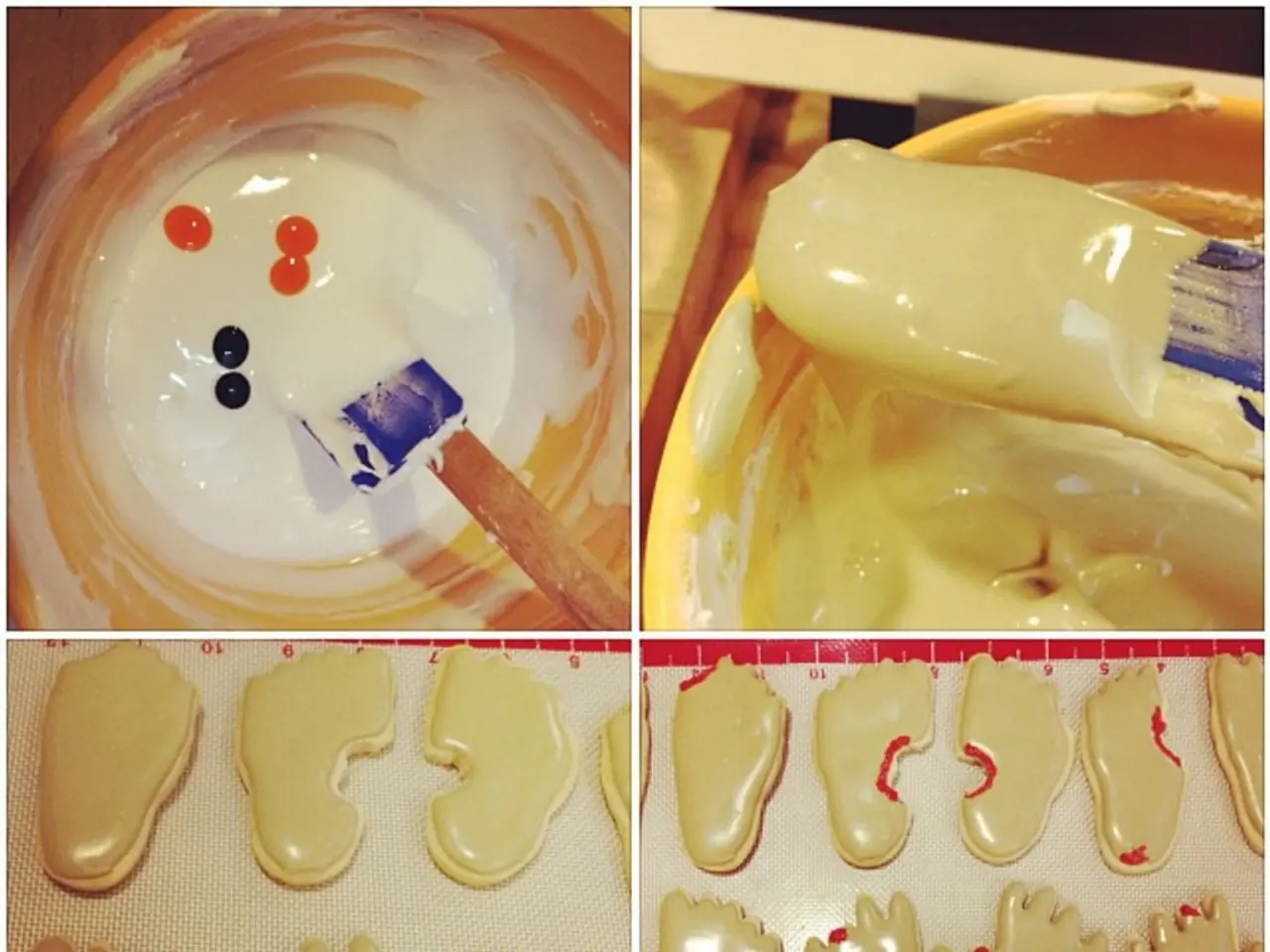Significant Impact of Thermal Simulations in Enhancing Mold Formulation
In the dynamic world of manufacturing, innovation is the key to staying ahead. One such innovation that's making waves in the injection molding industry is the use of pre-production thermal simulations.
These simulations, a crucial predictive tool, streamline the process from design to production, enhancing efficiency and sustainability. By reducing material scrap and energy consumption, they play a pivotal role in maintaining part quality while cutting costs.
One of the primary benefits of thermal simulations is the optimization of cooling line placement and cooling times. As cooling constitutes about 80% of the injection molding cycle, this speedup in production also results in reduced energy use.
Moreover, thermal simulations enable engineers to select appropriate mold materials and temperatures, preventing overheating or insufficient cooling that can cause defects or polymer sticking. They also predict and improve melt flow uniformity, reducing pressure drops and ensuring complete filling, which minimizes rejected parts.
Fine-tuning gate locations and runner designs to stabilize temperature gradients and flow further improves part precision and repeatability. The result is faster cycle times, better structural integrity, less warpage, consistent dimensions, and a reduction in material waste caused by defective or substandard parts.
Less trial and error in mold design also lowers costs related to rework and prolonged machine downtime. Advanced simulations even assist in newer methods like foam injection molding by predicting thermal behavior in complex geometries, supporting innovative lightweight yet strong part designs with lower polymer use.
The adoption of these technologies in workflow can boost productivity and reduce expenses. As the global injection molding industry is predicted to grow from $285.5 billion in 2024 to $397.08 billion in 2030, the need for high-quality simulation tools becomes increasingly important.
These tools are essential for creating molds that can withstand modern production demands. Thermal models show how heat moves through the mold, helping prevent mold failures such as burn marks, thermal fatigue, and other defects. They also aid in the creation of efficient mold designs by predicting how material reacts to temperature shifts, allowing engineers to modify mold designs to reduce material use and maximize efficiency.
Injection molding software simplifies the design process, reducing both time and cost. Engineers may improve cooling pathways for even temperature management by correctly modeling coolant flow through the mold. Sophisticated molding methods and accuracy can be achieved with the correct injection molding software. Simulation tools may help engineers improve designs before testing, eliminating plan changes and speeding up work.
In summary, pre-production thermal simulations provide a critical edge in the injection molding industry. By reducing costs, improving efficiency, and maintaining part quality, they are a game-changer in an industry projected to grow significantly in the coming years. As the industry evolves, so too will the importance of advanced simulation tools in ensuring the production of high-quality, cost-effective, and sustainable products.
In the realm of industrial growth, the integration of advanced simulation tools in manufacturing, such as pre-production thermal simulations, is a promising investment for the injection molding industry. By optimizing cooling line placement, enhancing melt flow uniformity, and improving part precision, these tools contribute to commercial success by reducing material waste, lowering production costs, and achieving faster cycle times. Furthermore, the adoption of simulation technology aligns with the expanding real-estate of the global injection molding industry, ensuring companies stay competitive in the future of commercial technology.




